Ferrari F150, let's discover the engine with Marmorini

Luca Marmorini illustrated the interventions on the 056 engine of the Ferrari F150, on the KERS and on consumption.
What interventions were possible on the 056 engine for 2011?
We are still in the engine freeze regime, so direct performance interventions on the engine are not possible, but we have worked a lot anyway, especially on reliability levels and to reduce costs. Regarding reliability, we have also slightly revisited the concept of engine pneumatics, which had created some problems in 2010. This year we also installed KERS, which involved a substantial modification of the front part of the engine. There's a new KERS drag, a new driveshaft, and we had to overhaul the cooling and lubrication system a bit.
You remembered the KERS, which returns after two years: what has changed on this object?
The KERS in 2011 will have to follow exactly the same specifications as in 2009, therefore the same power and energy levels. Strengthened by the experience of 2009, we have redesigned it in a more efficient way, with reduced volumes and weight. At Ferrari, however, the KERS was designed with careful budget control, so all development costs were reduced, and operating costs were analyzed and reduced in order to make the supply of the KERS manageable even for small teams.
In fact, one difference is that customer teams can take advantage of the KERS provided by Ferrari. Is it an advantage for us?
Certainly being able to increase the number of tests on the track is always advantageous, so using partners and teams in a constructive way to run with the KERS is a positive aspect, also considering that we are talking about very few units per year and very few tests before the season, so it is it is certainly an advantage both in terms of performance and reliability to have a secondary team for the development of the KERS.
From an operational point of view, how did you prepare for this new season?
The technique is always the same, consolidated, a lot of work and a lot of activity. We have done many long runs, but this year it is even more complicated because we have to do the long runs with the engine, KERS, and gearbox of the new car so we have prepared and are still preparing well and we think we will arrive at the start of the season in good conditions of reliability.
What has been done on the consumption front?
Consumption still remains one of the most important performance aspects. This year we also add the fact that the positioning of the KERS pack is inside the petrol tank, so unless you really want to make a much longer or much wider car, limiting consumption was one of the principles most important on which to develop the car during the winter. In this regard, it is also an advantage for Ferrari to have a historic partner like Shell in the development of fuels.
Do you think the KERS - rear mobile wing combination can really make overtaking easier?
On paper and in our simulations, yes. In 2009 we had already seen that the KERS gave advantages but not systematic ones on the possibility of overtaking a car. The possibility of reducing aerodynamic resistance, together with the horsepower that becomes available with the KERS should certainly give a difference in speed, which if the car in front cannot use it will determine an easy overtaking.
One last question: from a personal point of view, do you feel obligated to win this year?
Surely. Compelled and inspired.
if you want to always be updated on our news
Follow us here
![Formula 1 | Capelli: “Newey in Ferrari? Right man at the right time” [VIDEO]](https://f1grandprix.motorionline.com/wp-content/uploads/2024/05/newey-ferrari-redbull-1024x548.jpg)
![Formula 1 | Capelli: “Newey in Ferrari? Right man at the right time” [VIDEO]](https://f1grandprix.motorionline.com/wp-content/uploads/2024/05/newey-ferrari-redbull-500x268.jpg)
![F1 | Imola and Ferrari's all-in for the 2024 season: the analysis [VIDEO]](https://f1grandprix.motorionline.com/wp-content/uploads/2024/05/f1-gp-imola-ferrari-1024x554.jpg)
![F1 | Imola and Ferrari's all-in for the 2024 season: the analysis [VIDEO]](https://f1grandprix.motorionline.com/wp-content/uploads/2024/05/f1-gp-imola-ferrari-500x271.jpg)
![Formula 1 | Newey: “Settlement 2026? I don't know if it will be enough to make me stay" [VIDEO]](https://f1grandprix.motorionline.com/wp-content/uploads/2024/05/f1-newey-redbull-1-1024x553.jpg)
![Formula 1 | Newey: “Settlement 2026? I don't know if it will be enough to make me stay" [VIDEO]](https://f1grandprix.motorionline.com/wp-content/uploads/2024/05/f1-newey-redbull-1-500x270.jpg)
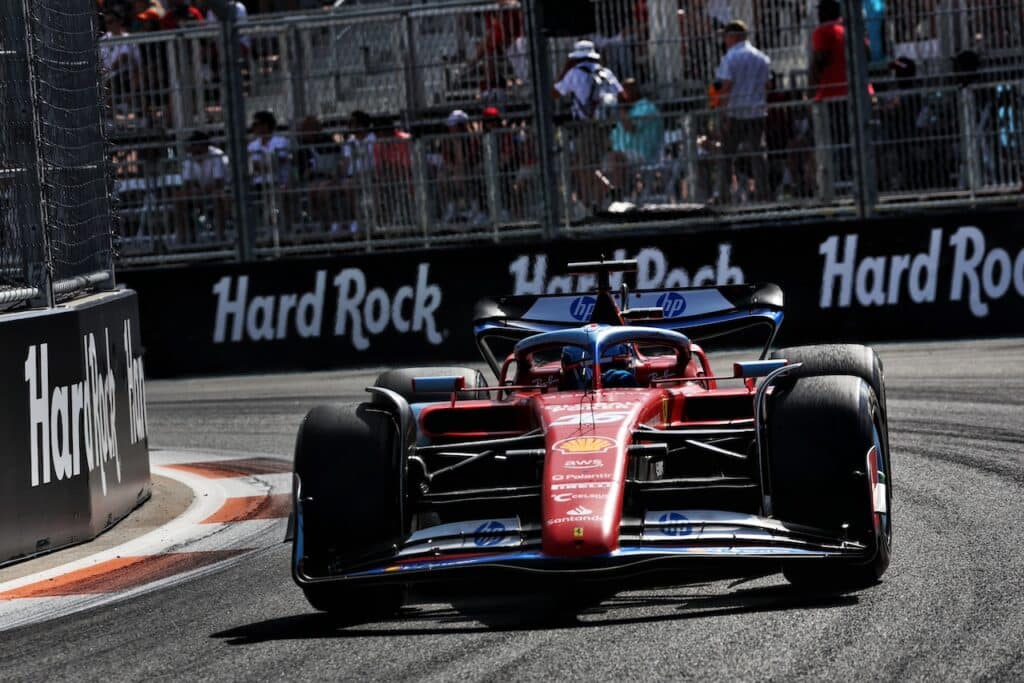
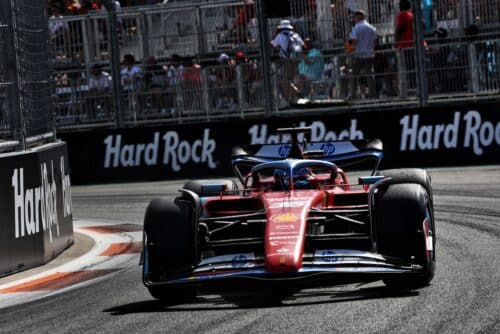
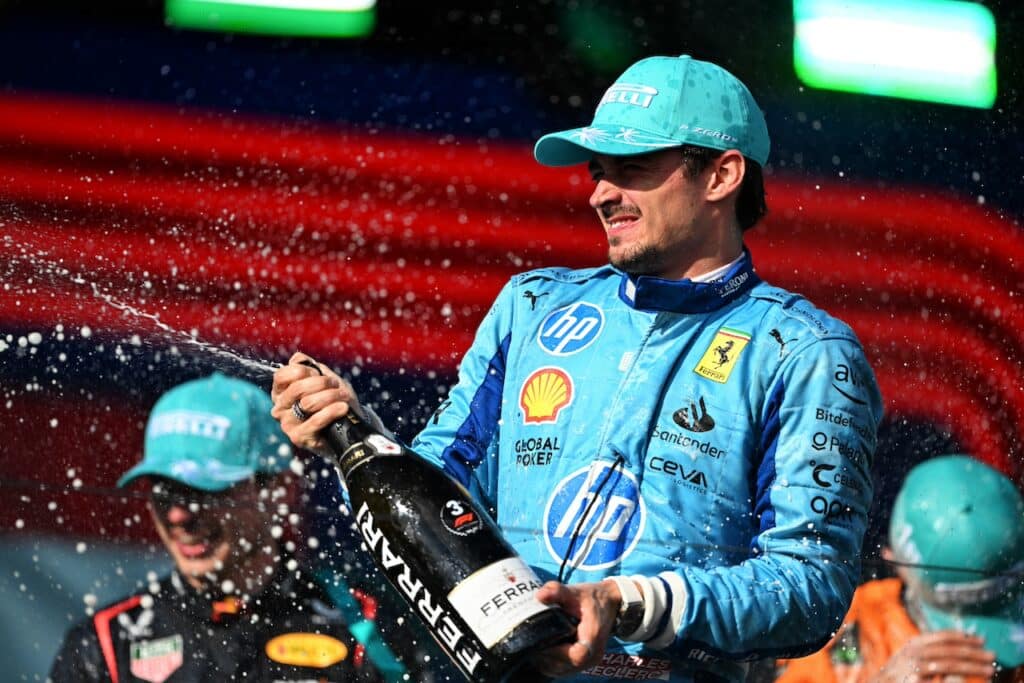
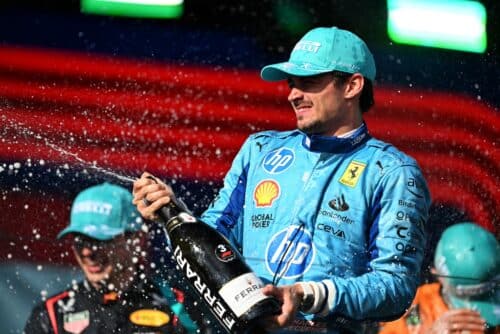
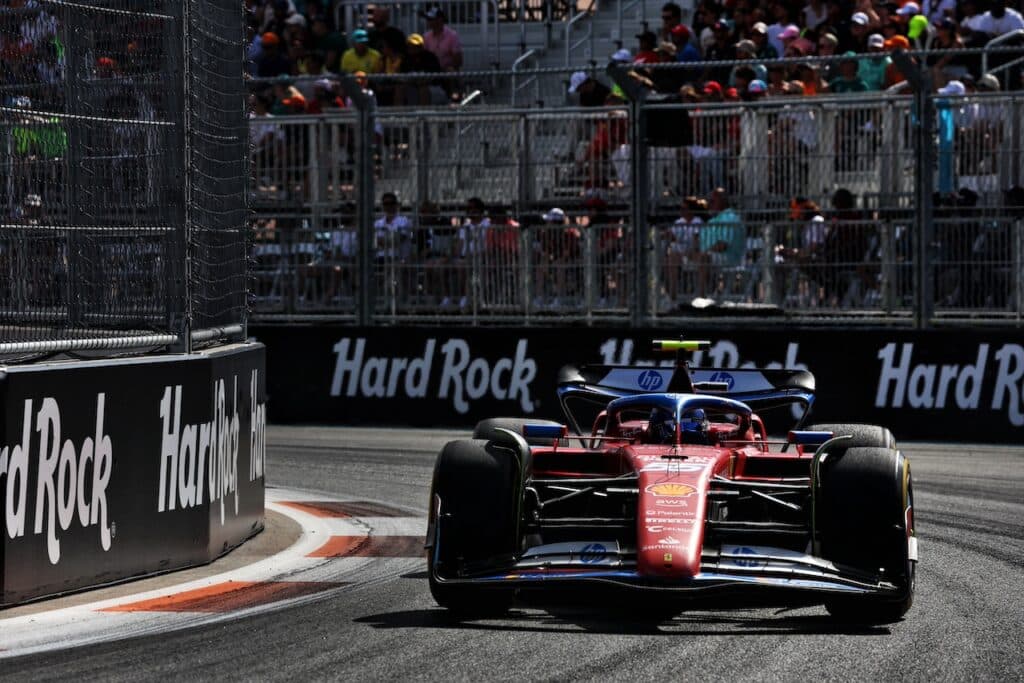
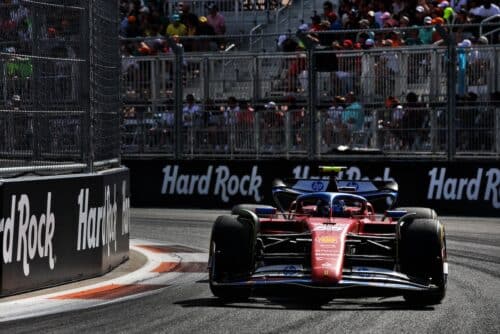
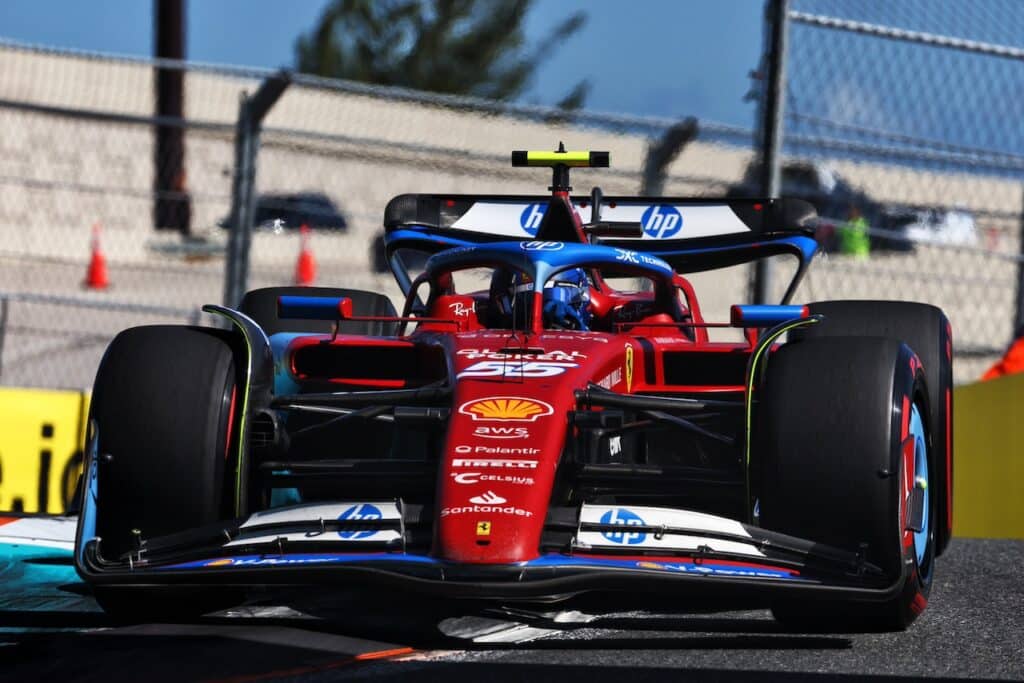

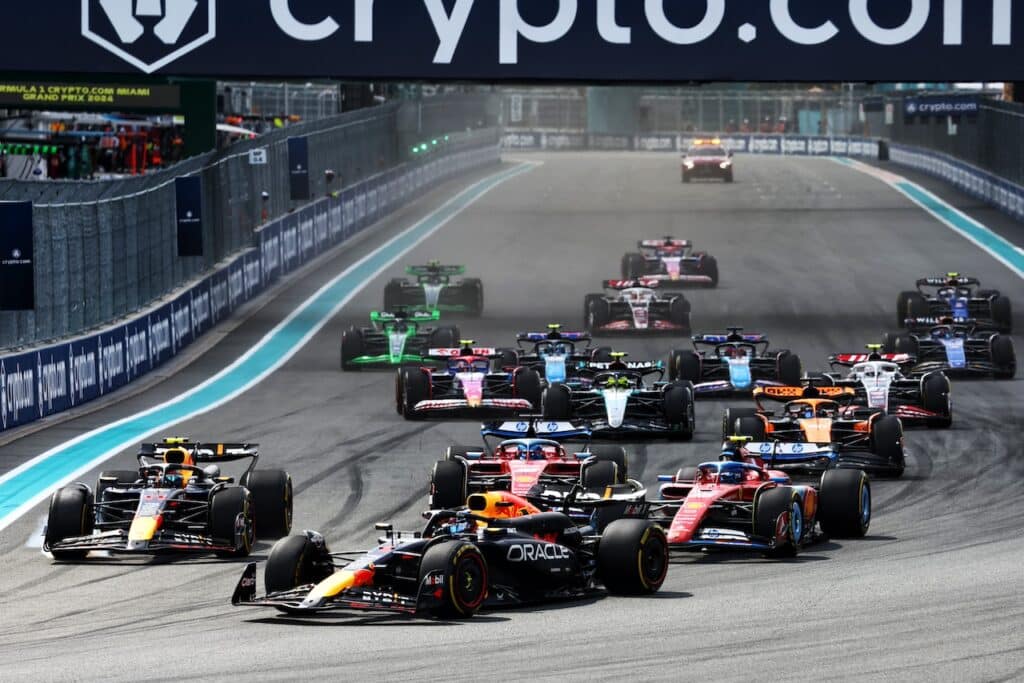



![Formula 1 | Capelli: “Lambiase is the most important person for Verstappen” [VIDEO]](https://f1grandprix.motorionline.com/wp-content/uploads/2024/05/lambiase-f1-redbull-1024x553.jpg)
![Formula 1 | Capelli: “Lambiase is the most important person for Verstappen” [VIDEO]](https://f1grandprix.motorionline.com/wp-content/uploads/2024/05/lambiase-f1-redbull-500x270.jpg)









